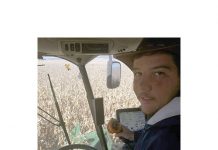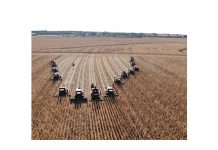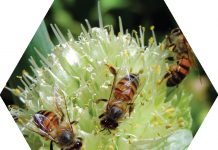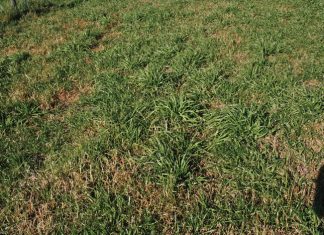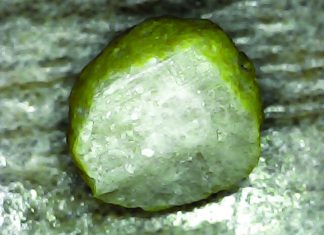November 2017
RUTH SCHULTZ, SA Graan/Grain contributor
The grain and oilseed industry is continuously identifying, analysing, evaluating and addressing issues that can put the industry at risk. Agbiz Grain invited various speakers to its annual mini symposium in August this year to address industry role-players on risk-related topics.
In their presentations Mr Andries Theron (specialist representative: Winter cereals, Grain SA) and Dr Marinda Visser (manager: Research and Policy Centre, Grain SA) focused on two risks that are very relevant to the industry at present.
Sustainability of wheat industry
Theron discussed the perceptions regarding the statutory wheat levy and the new breeding and technology levy on wheat. He explained that the newly founded South African Cultivar and Technology Agency (SACTA), which will collect these breeding and technology levies for open pollinated grain and oilseed crops, aims to also help revive the wheat industry.
According to Theron a breeding and technology levy for wheat in South Africa was implemented, since there were many issues in the local wheat industry that put pressure on the sustainability of the industry. Moreover, the industry is increasingly dependent on imports. ‘In 1990 1,5 million ha wheat were planted in South Africa, while in 2015 only 496 350 ha were planted.
‘South African wheat breeding has in the past always concentrated mainly on crop quality at the expense of yield. It is not business as usual anymore; we must adapt and access the available technology to increase our yields. We have to revisit the value chain which is full of weak links and move away from a one size fits all system,’ he said.
However, Theron, who is also a wheat producer, gave credit to the wheat industry. He said that the introduction of breeding and technology levies and the establishment of SACTA was producer driven. ’The sustainability of the wheat industry was yield driven, not price driven, and the status quo is not an option anymore,’ he said.
There are opportunities that come with these changes in the industry. ‘Farm-saved seed is a reality and will always be with us, but access to new cultivars is a must. New business development models must therefore be formed between Agbiz Grain and producers,’ Theron concluded.
Biosecurity issues: Eradicate or manage
Dr Visser made presentation on ranking biosecurity issues for the grain industry. ‘Six routine practices to reduce threats on your farm include: Know the normal pests associated with your crop, ensure seed is pest free, keep seed clean, check your crop, abide by the law and regulations, and lastly, report anything unusual on your farm.’
She also mentioned the drivers for the current surge of emerging diseases, which include: Changes in agriculture (intensification, diversification and globalisation), evolution of diseases (i.e. more interaction, more recombination, more selection), climate change resulting in increases in the occurrence of extreme events and movement of people and agricultural goods in trade.
Dr Visser also focused on possible disease threats for South Africa, like maize lethal necrosis (MLN), the fall armyworm and red locust. She discussed the symptoms of these diseases and the projects that are currently running to manage these diseases.
The industry and government plant pest surveillance programme entails partnerships and supporting collaborative projects, policy research, outreach and education to protect Southern African agriculture from the damaging effects of invasive species like Karnal Bunt, Khapra beetle and the western corn rootworm. ‘An early warning system (EWS) was established through pest monitoring on farms and crop imaging,’ she said.
According to Dr Visser there are two emergency responses for the above-mentioned issues – eradication and management. ‘A timely response is needed to prevent damage. The first choice is eradication, but it can only take place when the insects are not very mobile, are confined like in a greenhouse or when infestation is limited. When eradication cannot take place, a management programme is developed,’ she said.
For more information on these presentations or those of other speakers present on the day, visit the Agbiz Grain website at http://www.agbizgrain.co.za/en/information/mini-symposium-2017
Publication: November 2017
Section: Relevant



